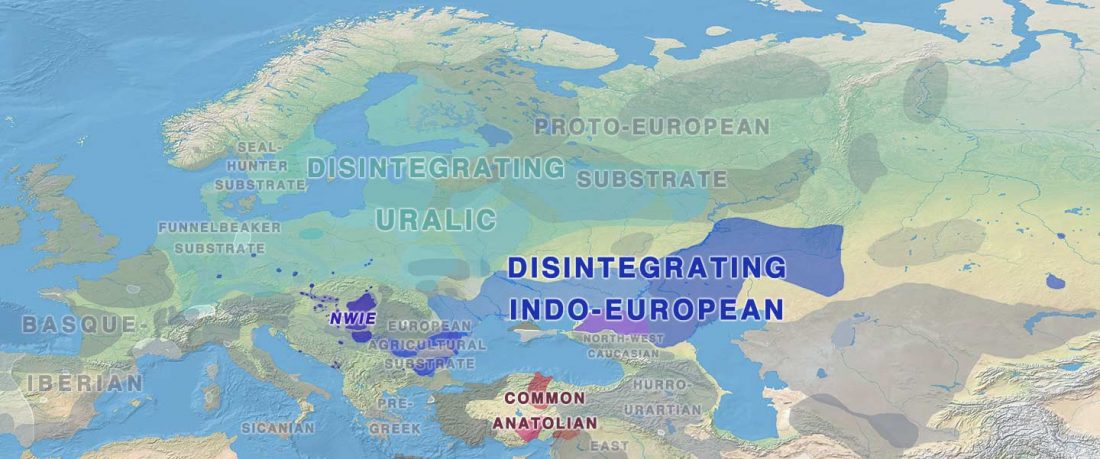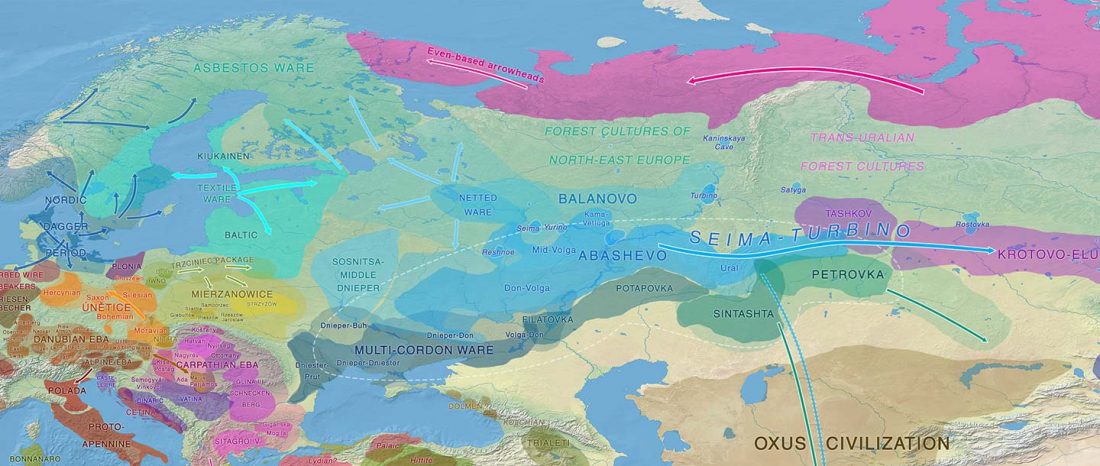Open access PhD thesis Indo-Iranian borrowings in Uralic: Critical overview of sound substitutions and distribution criterion, by Sampsa Holopainen, University of Helsinki (2019), under the supervision of Forsberg, Saarikivi, and Kallio.
Interesting excerpts (emphasis mine):
The gap between Russian and Western scholarship
… Read the rest “Intense but irregular NWIE and Indo-Iranian contacts show Uralic disintegrated in the West”Many scholars in the Soviet Union and later the Russian Federation also have researched this topic over the last five decades. Notably the eminent Eugene Helimski dealt with this topic in several articles: his 1992 article (republished in Helimski 2000) on the emergence of Uralic consonantal stems used Indo-Iranian and other Indo-European loans as key evidence, and



